
ETIHAD: Heading for another boom to bust cycle? Airline aims for ‘sustainable growth’.
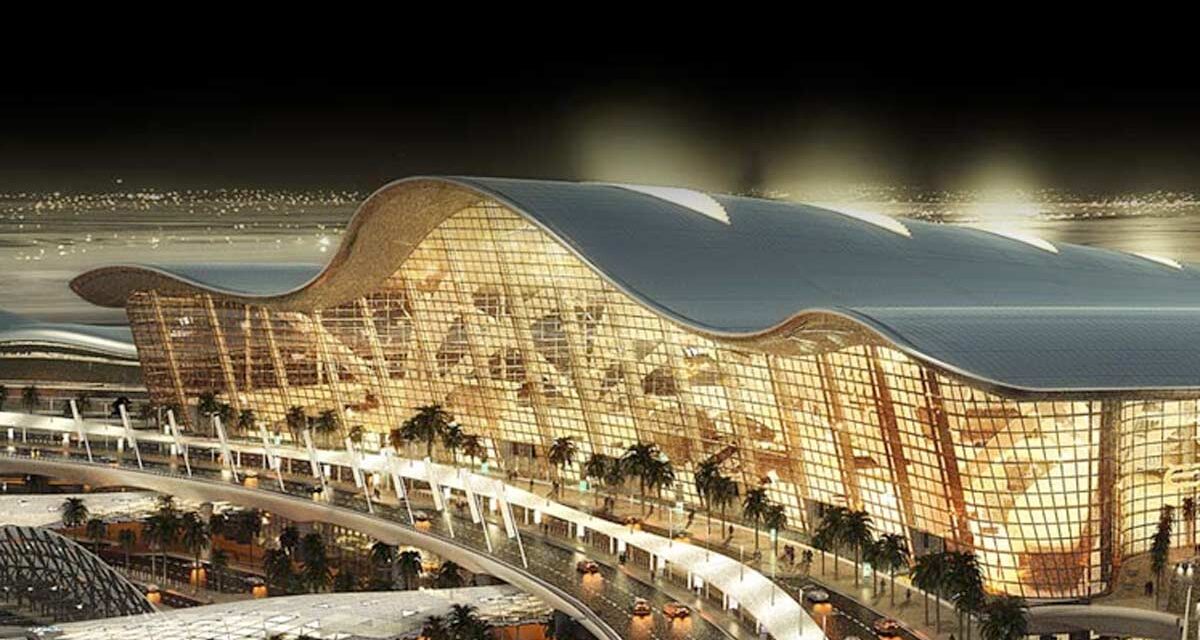
Last week at the Dubai Airshow, Etihad Airways issued a news release titled ‘…journey 2030 charts course for sustainable growth.’
Currently, Etihad flies to Melbourne and Sydney, Australia on a daily basis using a combination of Boeing 777-300ER and 787-9 Dreamliners.
As well as being a bit of a buzzword, I expect that ‘sustainable’ was inserted to distinguish the proposed growth from the totally unsustainable expansion it embarked on earlier through to 2017. That ‘Equity Alliance’ strategy of investing in loss-making airlines saw the company bleed money. You remember the enormous fees to Nicole Kidman for that ‘Residence’ advertisement? Pouring money into everything from the former incarnation of Virgin Australia and Air Berlin to the now defunct airline Alitalia that later transformed into ITA, but with Etihad having done its money.
![Etihad Business Class on the A350 [Etihad]](https://www.2paxfly.com/wp-content/uploads/2023/11/etihad-a350-business-2.jpg)
The plan for sustainable growth
So what is the plan? It’s quite ambitious. In 7 years, Etihad’s CEO Antonoaldo Neves wants the airline to carry 33 million passengers by 2030.
Let’s put that in perspective.
This year, Etihad transported 13 million passengers. At the airline’s height in 2017, it transported 18.6 million. So, to get it to 33 million by 2030, it will need almost to triple the number of passengers it carries. Alternatively, double the number of passengers it carried at its height but was losing money hand over fist.
![Etihad Economy [Etihad]](https://www.2paxfly.com/wp-content/uploads/2023/11/Economy-etihad.jpg)
That sounds ambitious. And bragging that you increased the number of passengers carried between 2022 and 2023 by 30% sounds impressive, but once you put it in context, it doesn’t give me confidence. Remember that 2022 was a big COVID-19-affected year, and 2023 isn’t. It’s like comparing apples to oranges.
To accomplish the target of sustainable growth, Etihad wants to double its fleet from 80 to 160 aircraft by 2030. It is also looking at nearly doubling its reach from the current 77 destinations to 125.
One advantage the airline now has is the recently opened new Abu Dhabi Airport Terminal A. It has the capacity to deal with 45 million passengers per year, which more than doubles the capacity of the previous terminal.
![Etihad Business Class on the Boeing 787-9 Dreamliner [Etiahd]](https://www.2paxfly.com/wp-content/uploads/2023/11/etihad-b787-business-3.jpg)
The headwinds that might challenge this expansion
It’s an ambitious plan to increase its operations, but there are a lot of challenges to its success. These range from competitors and aircraft availability to the decrease in reliance on hubs and the challenge of direct point-to-point routes. Let me explain in more detail.
- Competition: As well as its current competitors in the Middle East; Emirates, Oman and Qatar, it will also face challenges from the new Saudi-based Riyadh Air. Other existing airlines, like a renewed Air India and an ambitious Turkish Airlines, offer alternative hubs outside the Arabian peninsula.
- Point to Point: With many airlines, including Australia’s Qantas, looking at more point-to-point nonstop destinations, the importance of hubs like Abu Dhabi will be challenged within that 7-year to 2030 time frame. Qantas is aiming to start direct East Coast flights to London from late 2025 or early 2026. Turkish Airlines will follow.
- Airfares: The world has just experienced a boom in post-pandemic airfares, where it was a challenge NOT to make money. That’s changing as airlines build capacity and return to pre-pandemic flying levels. We are already seeing downward pressure on fares, which will likely continue. Excess capacity and a slowing in demand might also lead to bargains in the next 18 months.
- Passenger demand: This has surged as the pandemic is more contained. It’s hard to know, but demand is likely to flatten at some stage, which again will place downward pressure on fares and threaten airline profitability.
- Pilot shortages: remember, pre-pandemic, there was a shortage. Well, that will return, given the number of pilots that retired, the lack of training during the height of the pandemic, and the return of capacity.
- Aircraft availability: There is a huge backlog in aircraft demand due to manufacturers downsizing their staff during the height of the pandemic. Additionally, Boeing has suffered further challenges, from the grounding of the 737 MAX to the extensive delays in the production of the B777X fleet. Everyone wants more aircraft, so those airlines with the biggest clout will get them first. Etihad is a bit down in the pecking order compared to Emirates and Qatar for example.
![Etihad The Residence, A380 [Etihad]](https://www.2paxfly.com/wp-content/uploads/2023/11/etihad-a380-residence-1.jpg)
2PAXfly Takeout
Etihad is a very young airline, having been formed only in 2003, making it barely 20 years old. Since the height of its capacity and losses in 2017, Etihad has been concentrating on profitability. Unlike his predecessor, James Hogan, under the stewardship of Tony Douglas, the airline has shrunk to profitability. Now, new CEO Antonoaldo Neves has a 7-year plan to nearly triple the size of Etihad’s operation. Good on him.
But there are a lot of challenges. He doesn’t want to repeat the trajectory under James Hogan, where his ‘Equity Alliance’ approach to investing in other airlines threatened Etihad, with a US$1.9 billion loss for 2016 and a similar, if slightly reduced, loss in 2017 (US$11.5 billion). Tony Douglas turned the airline to profit, cancelling huge aircraft orders and reversing some of the ‘Equity Alliance’ deals.
Neves will have to tread carefully and watch his new strategic plan like a hawk, not to mention relying on the crystal ball capabilities of his team.
I hope Etihad do well and continues the quality they pioneered. Initiatives like The Residence set a standard for the rest of the industry. Having never flown with them – I look forward to the opportunity in the future.





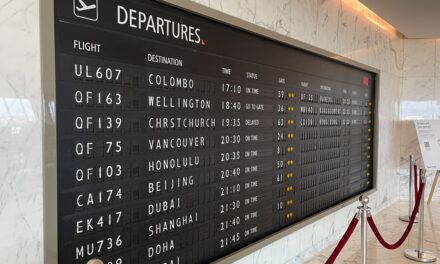
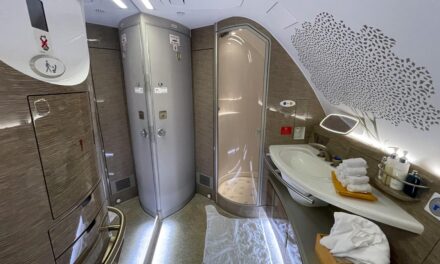

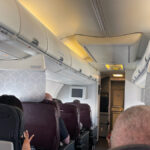


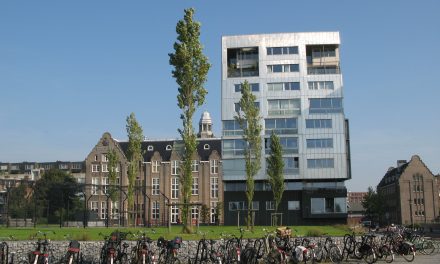
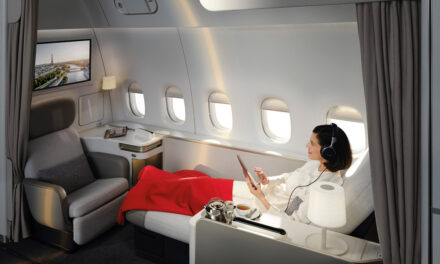




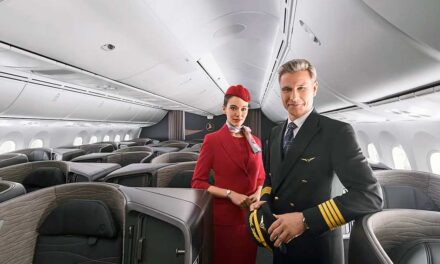





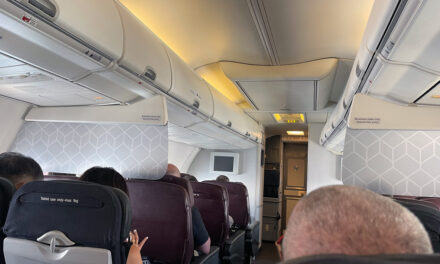










What did you say?